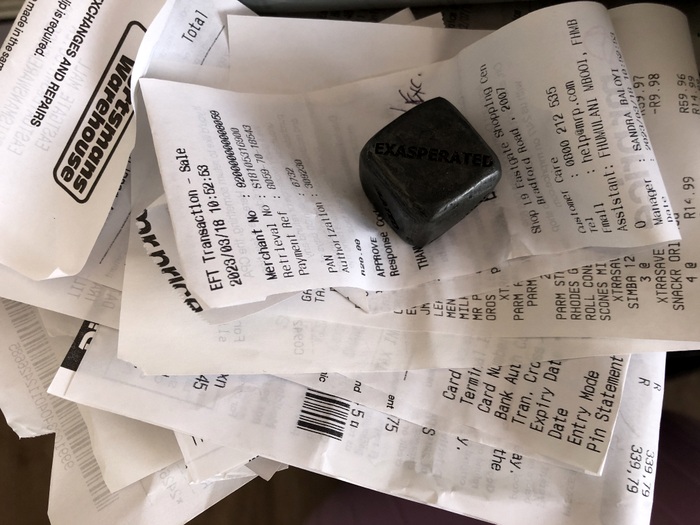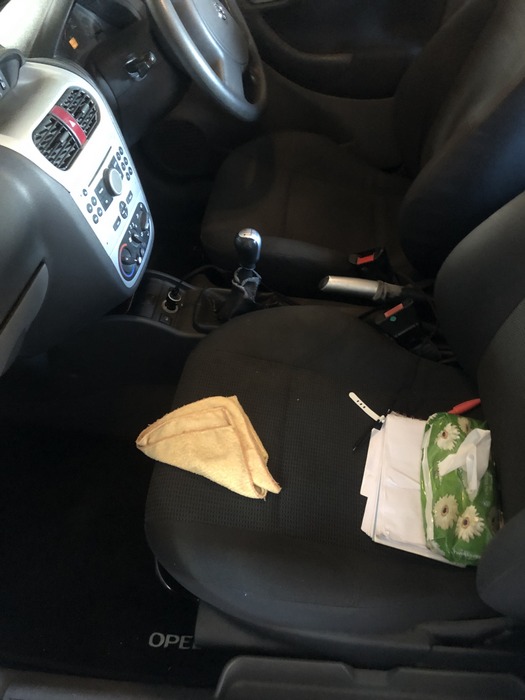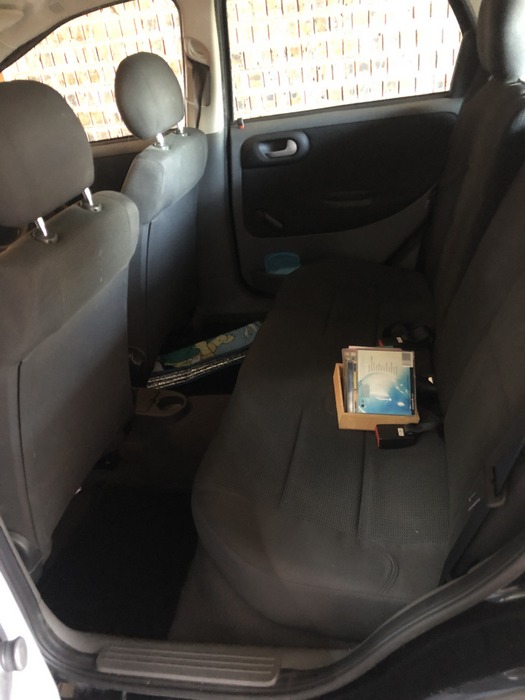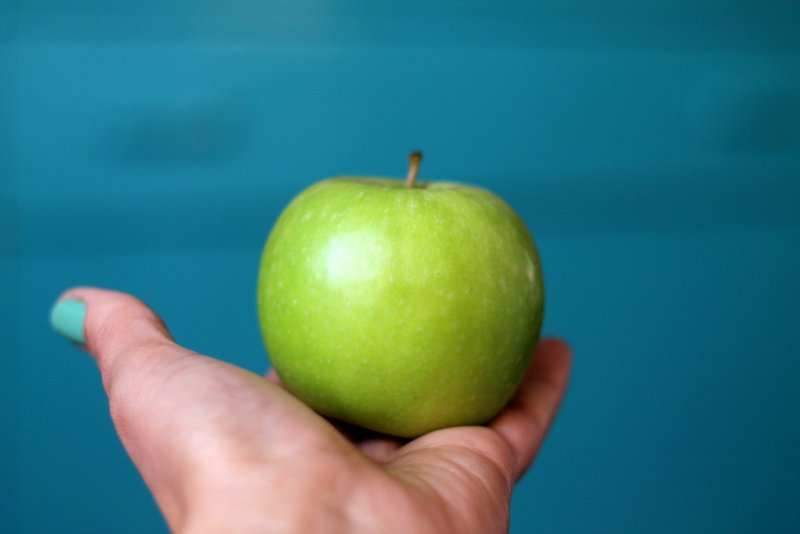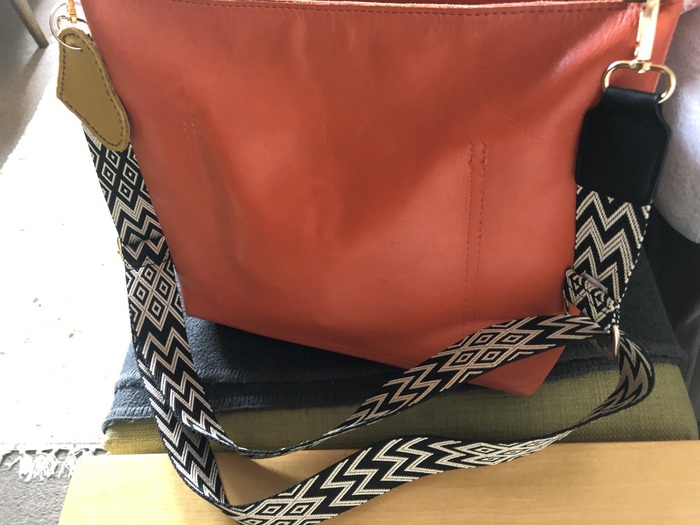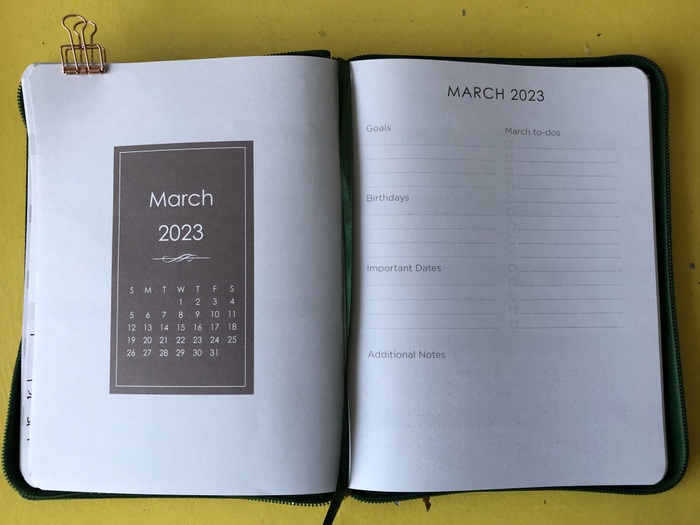And here we are, at the end of the first quarter of the year.
Three months over – just like that!
A summary of just a few high – and lowlights over the last quarter:
- I applied for my passport and received it.
- I read 31 books, 8 of them 5* reads, which is a great start to my reading year.
- I have watched a lot of TV (one of my #23in2023) – finished Dead to me, On the Verge and am now knee-deep in The Bold Type. And of course, I’m also watching Daisy Jones and The Six.
- We finally had our solar installation and it has been life-changing. I don’t have to think about loadshedding when I want to go out or concern myself with my laptop holding charge until the power comes on again.
- Despite being on iron supplements over the last 3 months, my iron levels have not improved to a degree where I can stop them. I think I thought that 3 months would sort out my iron deficiency but apparently not.
- I’ve had a consistent 3 workouts a week since January – two Zumba classes and a Spanish class. We have had a new Spanish teacher this year and it’s been so invigorating for my dancing.
- A friend of mine was diagnosed with stage 3 cervical cancer. Everything else pales next to that, doesn’t it? She is a fighter and she’s fighting as much as she is able.
Life is like this, isn’t it? Highs and lows.
Tend is being a good word for me this year – a reminder to take care of my health, family, friends and work.

